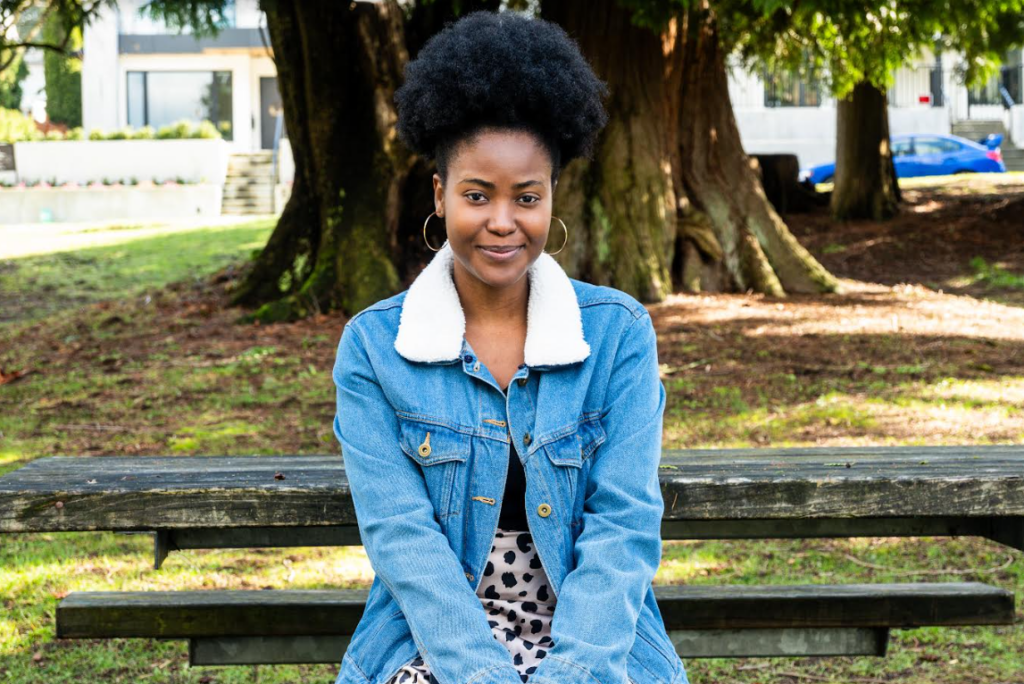Finding the Form with Oluwatoke Adejoye
By Oluwatoke Adejoye
I started writing The Condolence Visit not exactly planning for the interactions between the two major characters in the story to unfold in a single location. However, in retrospect, I think I might have subconsciously known this. After all, when the idea for the story first came to me in the first year of my MFA program, it was simply an image of two women who were simply next-door neighbours, not friends, in a house. This is not to say that the story, which is set against a backdrop of grief and reminiscing, does not venture beyond the confines of the house. In fact, it is through these, particularly the reminiscing of the protagonist whose presence in the house is the catalyst for the events that make up the heart of the story, that the reader is able to catch glimpses of events that transpired elsewhere years prior and see the world through the eyes of a younger version of the primary protagonist.
Apart from working as a context-providing tool for the reader’s benefit, those breaks allowed me, in a way, to catch my breath. Fleshing out the interactions between two important characters in one location felt like walking down a long stretch of road that I was yet to know where and when it would end. There were many turns and forks that I had to navigate; the almost non-existent relationship between both characters at the story’s beginning, a secret, and the need for the characters to mutually, albeit unintentionally, peel back the layers that covered the other person the longer they conversed.
By the time I was rested enough to get back on the road, I had a fresh perspective on how the next scenes between both women should unfold in the present-day, and what the protagonist’s reactions and actions might realistically look like for someone in her situation. Eventually, the end of the road revealed itself.

Oluwatoke Adejoye has a Master of Fine Arts from the University of British Columbia School of Creative Writing. Her nonfiction is forthcoming in Harvard University’s Transition Magazine. She lives in British Columbia.
Photo Courtesy of iStock Getty Images

